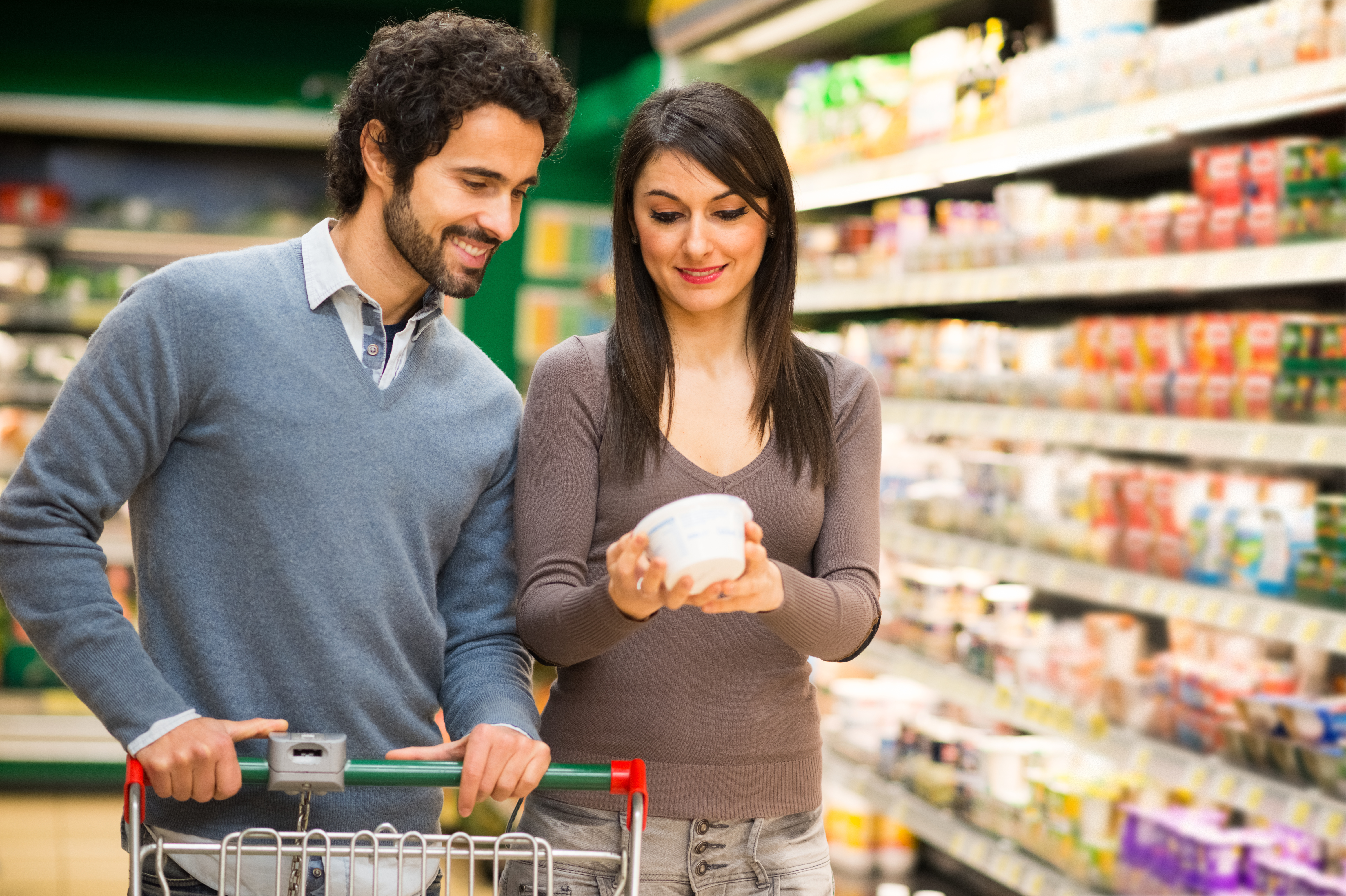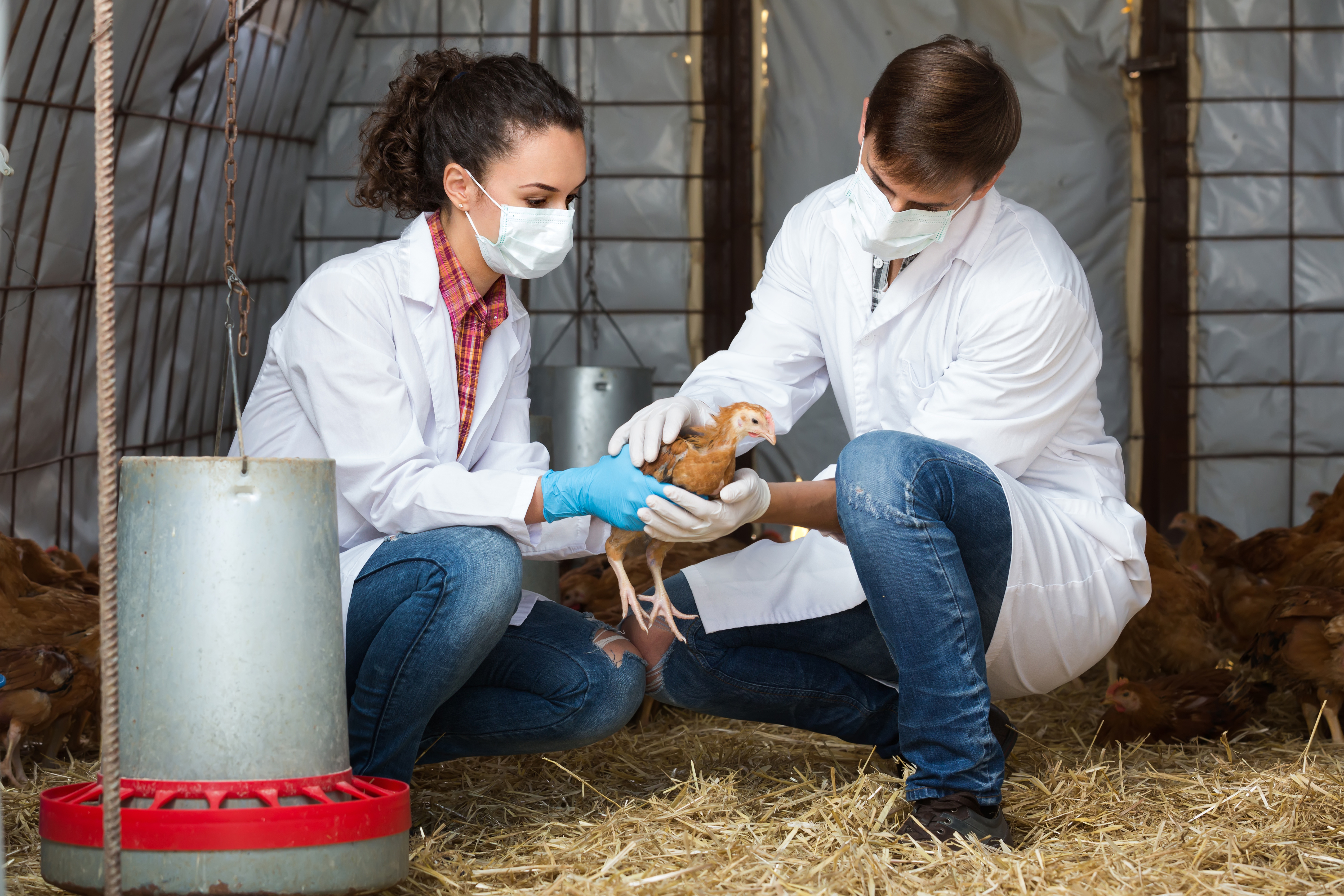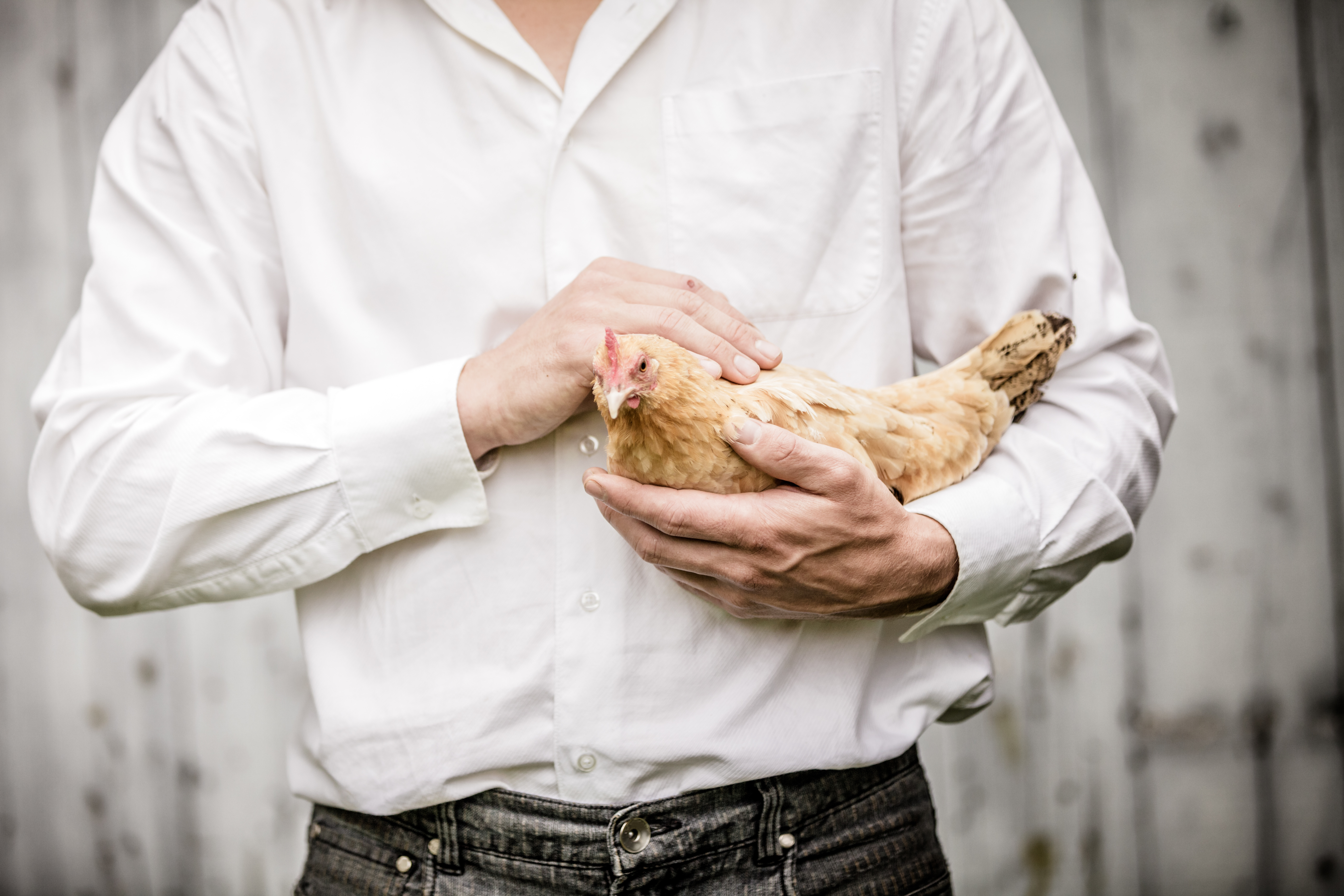



Poultry product labelling and consumer understanding
Demand for poultry products is on the rise in line with the diversity of production methods attempting to meet this demand, but how much do consumers understand about these methods?Words Victoria McCulloch, Gurå Bergkvist
As consumer demand for poultry products increases across the UK (Defra, 2016), pressure mounts for more intensive farming systems and improved productivity (Vanhonacker et al., 2014). Changes in production can bring about issues with animal welfare that are often negatively associated with these systems (Clark et al., 2016). Illustrating how sensitive production can be to welfare considerations, in the UK from 2006 to 2017 there has been a doubling in the production and output of free-range eggs, while enriched cages in intensive systems have seen a slight decrease in production (Defra, 2017) - so, when it comes to eggs at least, it seems the growing demand is being met by less intensive forms of farming, thanks to consumers opting for products labelled “free-range”.

Changes in production patterns can be affected by policy changes driven in part by public opinion, and these opinions, as well as purchasing behaviours, are influenced by consumer understanding of production methods (Bellows et al., 2008). Consumers have shown a higher willingness to pay more for animal-based products when presented with information about animal welfare (Napolitano et al., 2008), and the European Commission has shown that public endorsement of improving animal-welfare standards can drive regulations in the farm-animal industry (European Union, 1998). Despite these positive public attitudes, European studies have shown that consumers have little awareness about sustainability labels on food (Grunert et al., 2014).
Currently within the EU, poultry products are subject to classification based on production methods (EEC, 1991). This means products should be labelled according to how they were farmed, using the terms “free-range”, “organic”, “barn-reared” and “enriched cages”. To investigate the general public’s understanding of animal-based product labelling - as well as public perceptions of factors related to poultry welfare in Scotland - this study was conducted.
To assess public opinion, the researchers conducted surveys outside various grocery stores across Edinburgh, which addressed consumers’ knowledge of terms related to poultry housing systems and their opinions on the relative importance of factors related to poultry welfare (eg nutrition, access to outdoors and disease control).
The knowledge-based questions involved presenting shoppers with industry key words - such as “free-range”, “traditional free range”, “enriched cages”, “organic” and “extensive indoor/barn reared” - and asking them to match them with their correct definitions as outlined by EU law (more specifically, the Commission Regulation (EEC) No 1538/91 and No 2092/91 which address marketing standards for poultry within the European Union (EEC, 1991)).
The opinion and consumer-choice questions, meanwhile, involved a ranking system on a scale of one to five, where one was defined as “lowest” or “never purchases” and five was “highest” or “always purchases” (Maria, 2006). In the first section, participants were asked to evaluate 13 factors according to how strongly they felt each one contributed to poultry welfare overall.
The factors were selected from council directives from the Official Journal of the European Communities, which outlines minimum requirements for the protection of poultry kept for both meat and egg production (Council Directive, 1999, 2007) and included the following: nutrition, ventilation, lighting, access to outdoors, size of individual enclosure, handling, disease control, transport, stocking density, slaughtering methods, age at slaughter, social interaction and environmental enrichment.
Results
Knowledge of production-method terms
Nine percent of the 152 study participants correctly identified the definition of the term “free-range” and 19 percent identified the definition of “traditional free-range”; 43 percent of participants incorrectly chose the definition of “organic” to define the term “free range”. Less than one-third of participants correctly identified the definitions for the terms “enriched cages” and “extensive indoor/barn-reared”. The most correctly defined production method, however, was “organic” - though it should be noted that of these individuals, 38 percent chose the same definition for the term “free-range”, suggesting that they believed there was no difference between the two terms. Five percent of subjects identified the correct definitions for all five terms.
Public opinion about factors related to poultry welfare
Of all the factors listed, “disease control” was most consistently ranked as having the strongest overall effect on poultry welfare. With an average of 4.75 out of 5, it scored significantly higher when compared to each of the following factors: nutrition, ventilation, lighting, transport and age at slaughter.

One factor that participants perceived as being less important for poultry welfare was “social interaction”, which scored significantly lower than the following: nutrition, access to outdoors, size of individual enclosure, handling, transport, stocking density, slaughtering methods and environmental enrichment.
Subjects were also asked to list factors that they felt were important for poultry welfare but had not been included. The following were additional issues of concern among participants: religious practices such as halal and other cultural differences affecting welfare; the ability to express natural behaviour and “lead a good life”; hygiene; sanitation; health checks; infection; treatment with antibiotics and other drugs; hormones; vaccination; feather pecking; the temperature of the environment; production stressors; overall stress on birds; training of staff; public education; pollution of land; predators; bedding materials; inbreeding; stunning practices; sustainable pricing incentives; and trade
When asked how participants would rank current UK poultry welfare, most participants felt national welfare standards were mid-range to poor. When asked how concerned they were with the welfare of chickens, 44 percent of participants expressed that they were “concerned” or “very concerned”.
Knowledge of production terms
As predicted, participants were unable to correctly define terms, even those commonly used on product packaging. What this implies is that consumers are confronted with labels and make purchasing decisions based on terms regarding production systems that are poorly understood.
Sufficient public education was a common concern, with some participants suggesting animal-welfare information should be made more readily available, and even integrated into early education for schoolchildren. There were also common concerns over the implications of Brexit, increasing trade with the US and fears that these changes could have the potential to lower welfare standards in the UK. Chlorine washing seemed to be a concern, which at the time of this study was a major story covered by news agencies. Overall, the cost of products was mentioned by many participants as a major hurdle for consumers wishing to purchase what they felt was a more humane product. It should be noted that some participants commented on the organic industry as a “farce” or “a money grab” and scepticism towards the organic industry is not uncommon among consumers (Yiridoe et.al, 2005).
Conclusion
In this study, the UK public expressed a relatively high level of concern for poultry welfare and felt that standards were mid-range to low. In general, the public appears to want improvements to welfare but does not understand what this would entail. It seems from this study that the public is not provided with enough information to make informed consumer decisions. A lack of understanding of terms and production methods, combined with a general mistrust of the industry, may cause consumers to turn away from purchases that increase demand for products associated with higher welfare standards. Therefore, it is in the best interests of producers and industry who farm or market poultry raised to high welfare standards to find effective ways of informing the public about how their systems work and what their labelling means.













